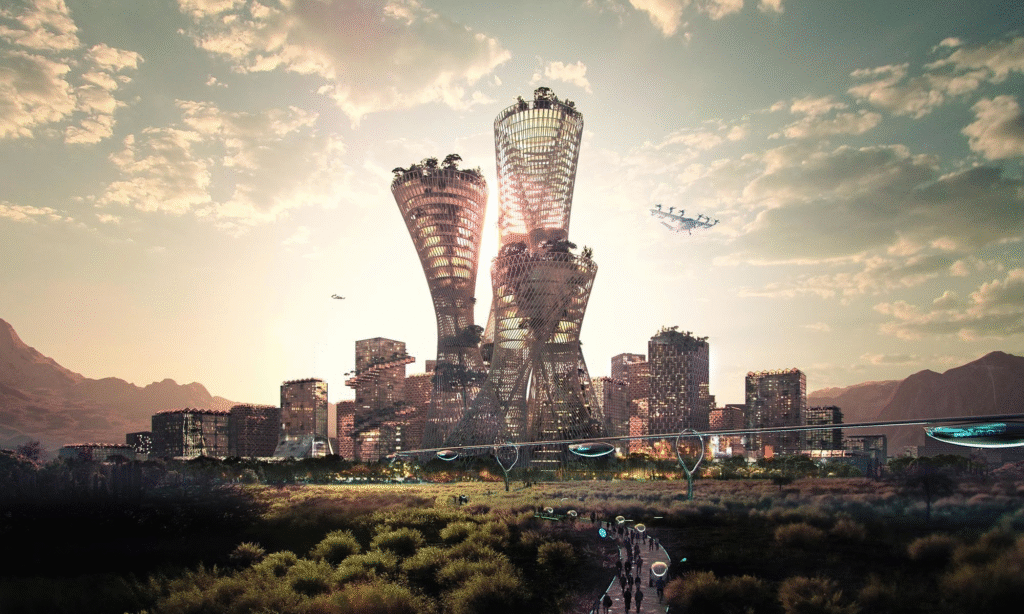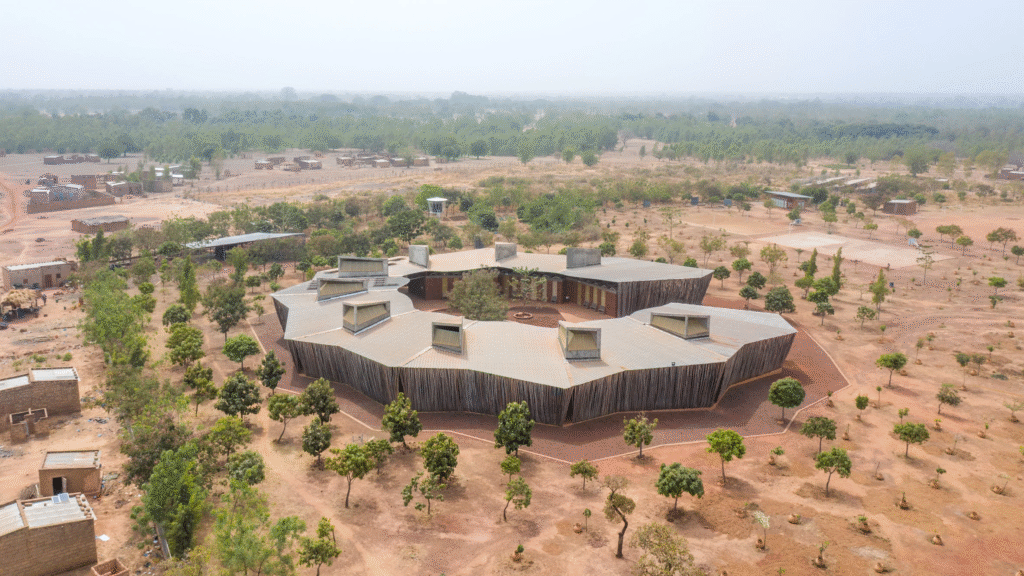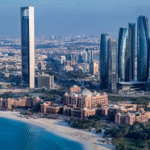Now Reading: 10 Architects Changing the Future of Design with Bold Ideas
-
01
10 Architects Changing the Future of Design with Bold Ideas
10 Architects Changing the Future of Design with Bold Ideas

Architecture is more than building walls and roofs. It’s about designing the way we live, move, and connect with the world around us. In today’s rapidly changing global environment, a new generation of architects is rethinking traditional design. They are creating spaces that are sustainable, inclusive, and deeply innovative.
These architects are not only designing beautiful buildings—they are shaping the future of our cities and communities. From eco-friendly towers to dynamic public spaces, these designers are redefining the role of architecture in the 21st century.
In this spotlight, we highlight some of the most influential architects of our time and explore their signature styles, visionary ideas, and major contributions to the world of design.
1. Bjarke Ingels – The Master of Sustainable Futurism

Country: Denmark
Studio: BIG (Bjarke Ingels Group)
Bjarke Ingels is one of the most talked-about architects in the world today. Known for his creative and futuristic designs, he combines sustainability with bold forms to create buildings that are both functional and visually striking.
His projects include the CopenHill power plant in Copenhagen, which doubles as a ski slope, and The Spiral in New York City, a green skyscraper that wraps terraces around its form. Ingels believes that buildings should not just be part of the city but also offer something back to the public.
His motto? “Yes is more.” A simple phrase that reflects his belief in possibility, innovation, and positive impact.
2. Jeanne Gang – Building Connections Through Design

Country: United States
Studio: Studio Gang
Jeanne Gang is known for using architecture as a tool to connect people. Her designs often include spaces that encourage community interaction, green living, and ecological awareness.
One of her most iconic works is the Aqua Tower in Chicago, famous for its flowing balconies and environmentally smart design. Her firm’s Arcus Center for Social Justice Leadership is another example of how architecture can support important human values.
Gang focuses on “designing relationships,” meaning her buildings don’t just sit in cities—they improve them.
3. Diébédo Francis Kéré – Rooted in Culture, Reaching for the Future

Country: Burkina Faso / Germany
Studio: Kéré Architecture
In 2022, Francis Kéré became the first African architect to win the Pritzker Architecture Prize, often called the Nobel Prize of architecture. His work is deeply influenced by his roots in Burkina Faso, blending modern techniques with local materials and traditions.
His school buildings, like the Gando Primary School, are designed to stay cool without air conditioning. They are low-cost, environmentally friendly, and designed with the local community in mind.
Kéré’s architecture proves that good design can be beautiful, sustainable, and affordable—all at the same time.
4. Ma Yansong – Blending Nature and Architecture
Country: China
Studio: MAD Architects
Ma Yansong is known for blending futuristic design with elements of nature. His buildings often look like they belong in a sci-fi film, yet they are grounded in ideas about harmony with the environment.
A standout project is the Absolute Towers in Canada—nicknamed the “Marilyn Monroe Towers” for their curvy, organic shapes. He also designed the Harbin Opera House, which looks like a snowdrift flowing through the landscape.
Ma believes architecture should connect people to nature, even in the busiest cities.
5. Tatiana Bilbao – Inclusive, Human-Centered Design
Country: Mexico
Studio: Tatiana Bilbao Estudio
Tatiana Bilbao creates buildings that are deeply human. Her designs focus on social needs, affordability, and beauty for all—not just the wealthy. She often works on public buildings, housing, and educational projects in underserved communities.
Her low-cost housing prototype, created with local materials and community input, shows how architecture can be inclusive and empowering. Bilbao also incorporates natural light, local traditions, and cultural identity in all her work.
She’s a powerful voice for change in an industry that often overlooks marginalized communities.
6. Sou Fujimoto – Light, Transparency, and Minimalism
Country: Japan
Studio: Sou Fujimoto Architects
Sou Fujimoto is known for his unique approach to space and form. His buildings are light, transparent, and often experimental. One of his most famous projects is the House NA, a transparent house in Tokyo with almost no walls.
His work questions the boundary between inside and outside, public and private. Another remarkable project is the Serpentine Pavilion in London, which used lightweight steel structures to create a forest-like space.
Fujimoto’s designs invite people to experience space in new and surprising ways.
Why These Architects Matter
These architects are not just building structures—they are creating futures. They represent a growing movement in architecture that values:
- Sustainability – Using materials and designs that protect the planet.
- Inclusion – Designing for all people, not just the privileged few.
- Innovation – Pushing the limits of form, space, and function.
- Culture – Respecting and reflecting local traditions and needs.
By blending these principles, they’re showing us what’s possible when creativity meets purpose.
The Future of Architecture Is Now
As cities grow and challenges like climate change and inequality increase, architecture will play a major role in shaping solutions. These innovative designers are leading the way with vision, heart, and bold ideas.
Whether you’re a design student, a city planner, or just someone who loves great buildings, these architects offer inspiration—and hope—for the future.






















